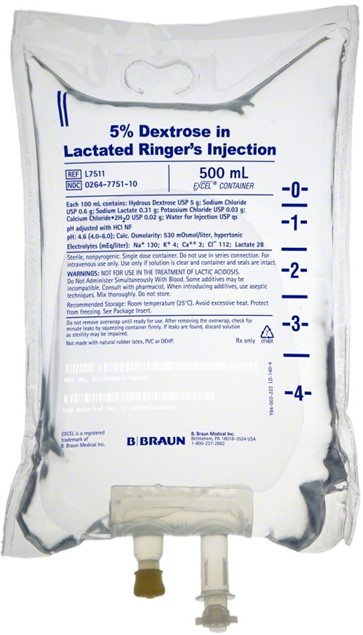A nurse is caring for a client who has increased intracranial pressure (ICP) following a closed-head injury. Which of the following actions should the nurse take?
Use log rolling to reposition the client.
Place a warming blanket on the client.
Instruct the client to cough and deep breathe.
Place the client in a supine position.
The Correct Answer is A
Choice A Reason: This is correct because using log rolling to reposition the client helps maintain the alignment of the head and neck, which prevents further increases in ICP.
Choice B Reason: This is incorrect because placing a warming blanket on the client can cause vasodilation and increase cerebral blood flow, which can raise ICP.
Choice C Reason: This is incorrect because instructing the client to cough and deep breathe can increase intrathoracic pressure and impede venous return, which can elevate ICP.
Choice D Reason: This is incorrect because placing the client in a supine position can decrease cerebral perfusion pressure and increase ICP. The client should be placed in a semi-Fowler's position with the head elevated at 30 degrees.
Nursing Test Bank
Naxlex Comprehensive Predictor Exams
Related Questions
Correct Answer is ["B","D","E"]
Explanation
Choice A Reason: This choice is incorrect because headache is not a common manifestation of ARF. Headache may be caused by various factors such as dehydration, stress, sinusitis, or migraine, but it does not indicate ARF.
Choice B Reason: This choice is correct because severe dyspnea is a common manifestation of ARF. Dyspnea is a difficulty or discomfort in breathing that affects the oxygen delivery and carbon dioxide removal from the body. It may be caused by various factors such as lung disease, heart disease, anemia, or anxiety, but it indicates ARF when it is severe and persistent.
Choice C Reason: This choice is incorrect because nausea is not a common manifestation of ARF. Nausea is a sensation of uneasiness or discomfort in the stomach that may precede vomiting. It may be caused by various factors such as food poisoning, motion sickness, medication side effects, or pregnancy, but it does not indicate ARF.
Choice D Reason: This choice is correct because hypotension is a common manifestation of ARF. Hypotension is a condition in which the blood pressure is lower than normal (less than 90/60 mm Hg). It may be caused by various factors such as dehydration, blood loss, sepsis, or shock, but it indicates ARF when it is due to reduced cardiac output or vasodilation from hypoxia.
Choice E Reason: This choice is correct because decreased level of consciousness is a common manifestation of ARF. Decreased level of consciousness is a condition in which the person has impaired awareness or responsiveness to stimuli. It may be caused by various factors such as brain injury, stroke, seizure, or drug overdose, but it indicates ARF when it is due to increased carbon dioxide levels (hypercapnia) or decreased oxygen levels (hypoxemia) in the brain.

Correct Answer is D
Explanation
Choice A Reason: This is incorrect because dextrose 5% in 0.9% sodium chloride is a hypertonic solution that can cause fluid overload and pulmonary edema in a client who has burns.
Choice B Reason: This is incorrect because dextrose 5% in water is a hypotonic solution that can cause fluid shifts from the intravascular space to the interstitial space, resulting in hypovolemia and hypotension in a client who has burns.
Choice C Reason: This is incorrect because 0.9% sodium chloride is an isotonic solution that can cause hypernatremia and hyperchloremia in a client who has burns, as the fluid loss from burns is greater than the sodium loss.
Choice D Reason: This is correct because lactated Ringer's is an isotonic solution that contains electrolytes similar to plasma, such as sodium, potassium, calcium, and chloride. It also contains lactate, which is converted to bicarbonate in the liver and helps correct the metabolic acidosis that occurs in a client who has burns.

Whether you are a student looking to ace your exams or a practicing nurse seeking to enhance your expertise , our nursing education contents will empower you with the confidence and competence to make a difference in the lives of patients and become a respected leader in the healthcare field.
Visit Naxlex, invest in your future and unlock endless possibilities with our unparalleled nursing education contents today
Report Wrong Answer on the Current Question
Do you disagree with the answer? If yes, what is your expected answer? Explain.
Kindly be descriptive with the issue you are facing.
